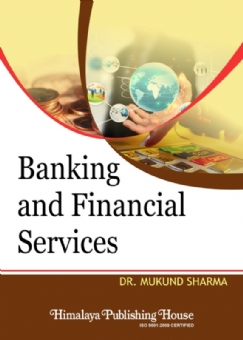In Europe, the middle age lasted from the 5th century to 14th century A.D. it began with the fall of the Roman Empire and an end with the era of Renaissance or the age of discovery. The middle or the medieval period is itself subdivided into the three parts, i.e., early medieval, high medieval and late middle age. This age witnessed various ups and downs like population decline, collapse of centralized authority, invasions, and religion struggle. This age also marked to originate some new concepts like feudalism, development of trade, town and urbanizations, which paved way to bring out drastic changes in the contemporary society. The migrations and invasions of the 4th and 5th centuries disrupted trade networks around the Mediterranean. African goods stopped being imported into Europe, first disappearing from the interior and by the 7th century found only in a few cities such as Rome or Naples. By the end of the 7th century, under the impact of the Muslim conquests, African products were no longer found in Western Europe. The replacement of goods from long-range trade with local products was a trend throughout the old Roman lands that happened in the Early Middle Ages. This was especially marked in the lands that did not lie on the Mediterranean, such as northern Gaul or Britain. Non-local goods appearing in the archaeological record are usually luxury goods. In the northern parts of Europe, not only were the trade networks local, but the goods carried were simple, with little pottery or other complex products.
Christianity was a major unifying factor between Eastern and Western Europe before the Arab conquests, but the conquest of North Africa sundered maritime connections between those areas. Increasingly, the Byzantine Church differed in language, practices, and liturgy from the Western Church. The Eastern Church used Greek instead of the Western Latin. The book Social Formations and Cultural Patterns of the Medieval World incorporates in four units.
Unit – I is a humble attempt to study about the rise of Rome and the Roman Republic, crisis of Roman Republic, rise and fall of Julius Caesar, trade, towns and urbanization in ancient Rome.
Unit – II deals with the origin, structure, functions and crisis of feudalism in Europe. This unit also vividly describe agricultural production, town and technological development during medieval Europe.
Unit – III incorporates the emergence of Christian religion, role and functions church, monastery and papacy.
Unit – IV is the last unit of the books which encompasses the rise and development of Islamic religion, origin of Shariah Law and trade and urbanization in Central Asian region.
Contents –
Unit I: Polity and Economy in Ancient Rome
Unit II: Economic Developments in Europe from 7th to 14th Centuries
Unit III: Religion and Culture in Medieval Europe
Unit IV: Societies in Central Islamic Lands







